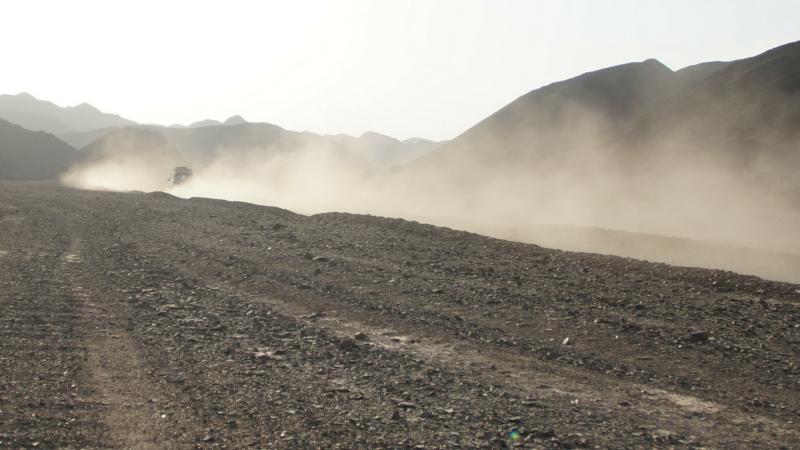
Scientists from Indian Institute of Technology Bhubaneshwar (IIT BBS), Odisha and Vikram Sarabhai Space Center, Kerala studying desert dust over the Indian region have noticed a decline in their amounts which in turn might be slowing the monsoon circulation pattern over the Indian subcontinent.
Mineral dust in the atmosphere, caused due to wind erosion of arid and semi-arid regions, is known to affect monsoon circulation, strengthening it as the dust mixes with the monsoon winds, through a mechanism called Elevated Heat Pump (EHP). Absorption and scattering of solar radiation – called direct radiative effect, and modulating the radiative properties of the clouds – known as semi- direct and indirect radiative effect, by the dust particles, are two of the many ways the dust affects monsoon currents. It is also known to affect the Himalayan glaciers, alter atmospheric chemistry and lead to warming of the lower atmosphere.
For their study, the scientists studied dust loading in the atmosphere between 2000 to 2015, by measuring aerosol measurements from multiple satellites, ground stations and model based re-analysis. Their study revealed that dust loading has reduced by around 10%-20% during the pre-monsoon season, from the start of the century. The decrease in the amount of aerosol particles have shown to slow circulation pattern of the monsoon over Northwestern part of the subcontinent.
The scientists hypothesize the decrease in the amount of dust to be a caused due to the changing regional climate over the Northwestern region, leading to increasing rainfall over the region. The increased rainfall in turn leads to phenomenon such as wet scavenging and decreased erodibility, wherein the increased rainfall wets the sand, and keeps it from being eroded by the wind, causing lesser amounts of the dust to be blown up into the atmosphere. The decrease in the dust further weakens the pre-monsoon circulation pattern, which in turn reduces the emission and long-range transport of the dust particles. The cyclic process, thus affects the overall movement of the monsoon winds over the subcontinent.
Apart from effects of dust on our monsoons, the study also eludes to the complexities of modelling with multiple interlinked phenomenon, that gives rise to the chaotic system - our atmosphere.





